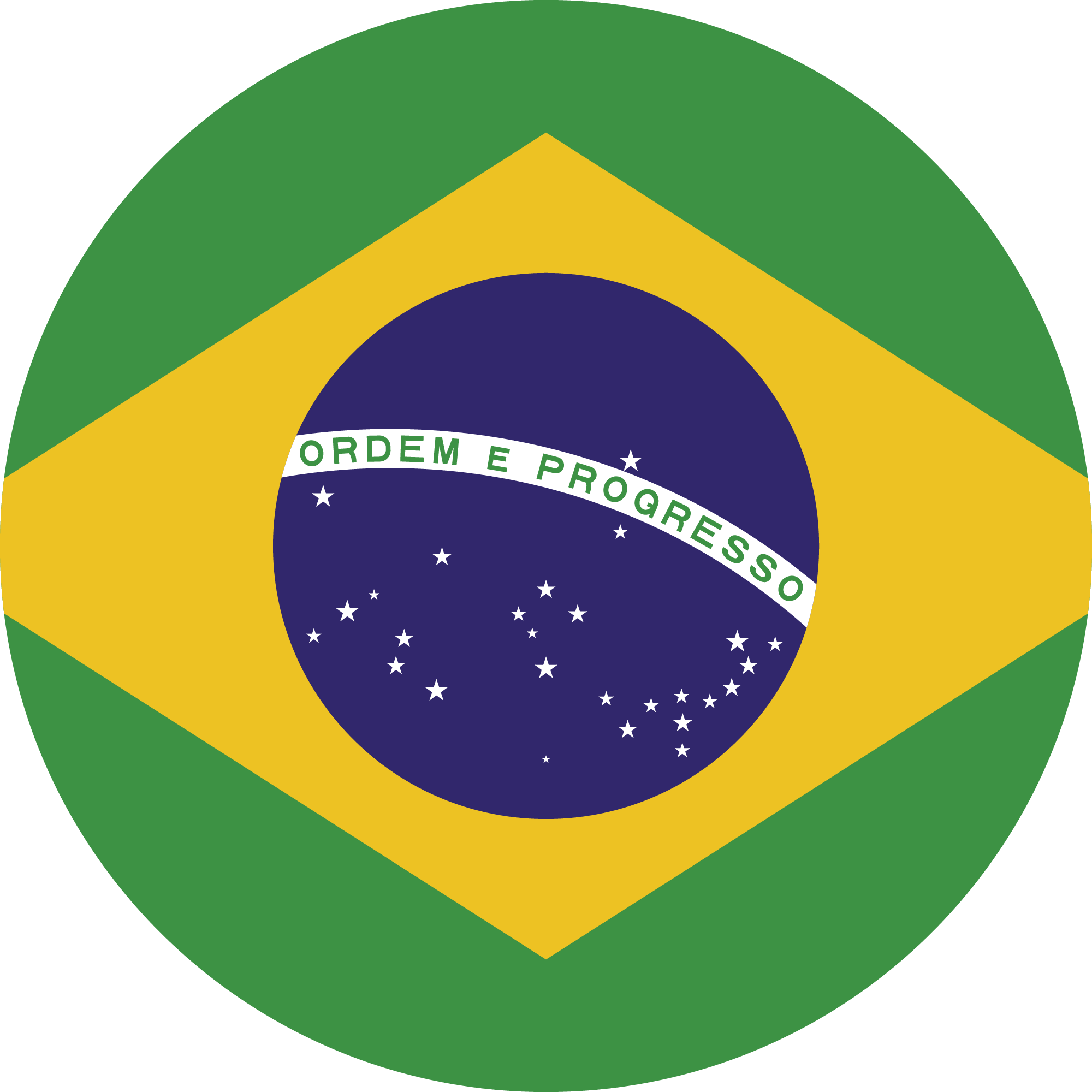Each month has either 28, 30, or 31 days during a common year, which has 365 days. During leap years, which occur nearly every 4 years, we add an extra (intercalary) day, Leap Day, on 29 February, making leap years 366 days long. This is to keep our current calendar aligned with the solar year and astronomical seasons marked by equinoxes and solstices.
What are the months of the year in English?
There are 12 months in a year.
1. January
It is the first month of the year. January has 31 days.
2. February
It is the second month of the year and has 28/29 days (depending on the leap year).
3. March
It is the third month and has 31 days.
4. April
It is the fourth month and has 30 days.
5. May
It is the fifth month of the year. May has 31 days.
6. June
It is the sixth month of the year. June has 30 days.
7. July
It is the seventh month of the year. July has 31 days.
8. August
It is the eighth month of the year. August has 31 days.
9. September
It is the ninth month of the year. September has 30 days.
10. October
It is the tenth month of the year. October has 31 days.
11. November
It is the eleventh month and has 30 days.
12. December
It is the twelfth month of the year. December has 31 days.
How can we use English months when writing dates?
There are four ways to write a date:
1. The most common way for writing dates in English is to use day/month/year format (also denoted as DD/MM/YYYY). For example, if you were writing the date for the fifth of January , 2022, you would write it as 05/01/22.
2. However, there are also other ways to write dates in the English language. Americans use the month/day/year format – again, in a purely numerical form. This way, the same date, January fifth, would be written as 01/05/2022.
3. Another way to write the date in English is to add the day of the week first, followed by the day and then the month. So, the same date would be written as Friday, 5 January 2022.
4. And finally, you can use the international standard for writing dates in English – write the year first, followed by the month and then the day (also known as YYYY/MM/DD format). This way, the same date would be written as 2022/01/05.
How did the months of the year get their names?
January
Named for the Roman god Janus, protector of gates and doorways. Janus is depicted with two faces, one looking into the past, the other into the future. In ancient Roman times, the gates of the temple of Janus were open in times of war and closed in times of peace.
February
From the Latin word februa, “to cleanse.” The Roman calendar month of Februarius was named for Februalia, a festival of purification and atonement that took place during this period.
March
Named for the Roman god of war, Mars. This was the time of year to resume military campaigns that had been interrupted by winter. March was also a time of many festivals, presumably in preparation for the campaigning season.
April
From the Latin word aperio, “to open (bud),” because plants begin to grow in this month. In essence, this month was viewed as spring’s renewal.
May
Named for the Roman goddess Maia, who oversaw the growth of plants. Also from the Latin word maiores, “elders,” who were celebrated during this month. Maia was considered a nurturer and an earth goddess, which may explain the connection with this springtime month.
June
Named for the Roman goddess Juno, patroness of marriage and the well-being of women. Also from the Latin word juvenis, “young people.”
July
Named to honor Roman dictator Julius Caesar (100 B.C.– 44 B.C.) after his death. In 46 B.C., Julius Caesar made one of his greatest contributions to history: With the help of Sosigenes, he developed the Julian calendar, the precursor to the Gregorian calendar we use today.
August
Named to honor the first Roman emperor (and grandnephew of Julius Caesar), Augustus Caesar (63 B.C.– A.D. 14). Augustus (the first Roman emperor) comes from the Latin word “augustus,” meaning venerable, noble, and majestic.
September
September comes from the Latin word septem, meaning “seven,” because it was the seventh month of the early Roman calendar.
October
In the ancient Roman calendar, October was the name of the eighth month of the year. Its name comes from octo, the Latin word for “eight.” When the Romans converted to a 12-month calendar, they tried to rename this month after various Roman emperors, but the name October stuck!
November
From the Latin word novem, “nine,” because this had been the ninth month of the early Roman calendar.
December
From the Latin word decem, “ten,” because this had been the tenth month of the early Roman calendar.
What is the meaning of a leap year in English?
It takes approximately 365.25 days for Earth to orbit the Sun which makes a solar year. We usually round the days in a calendar year to 365. To make up for the missing partial day, we add one day to our calendar approximately every four years. That is a leap year.
Easy ways to remember the months of the year in English
There are many ways to remember the months of the year. One way is to use a rhyme like “30 Days Hath September” or use the knuckle trick. Another way is to use posters and ask questions such as “Which month comes next?” or “Which month is missing?” from a list. You can also try saying the months of the year in order and clapping your hands as you say each one.
12 Months of the Year Examples
Here are a few example sentences with the 12 months of the year in them:
1. I’m going to start my diet in January.
2. I’m going to buy my girlfriend a gift for Valentine’s Day in February.
3. March is the beginning of spring.
4. I’m going to plant flowers in my garden in April.
5. May is the month of Mother’s Day.
6. June is the month of Father’s Day.
7. July is the month of Independence Day.
8. August is the month of summer vacation.
9. September is the beginning of school.
10. October is the month of Halloween.
11. November is the month of Thanksgiving.
12. December is the month of Christmas
Frequently asked questions about the 12 months of the year
What is the meaning of a leap year in English?
It takes approximately 365.25 days for Earth to orbit the Sun which makes a solar year. We usually round the days in a calendar year to 365. To make up for the missing partial day, we add one day to our calendar approximately every four years. That is a leap year.
What are the months of the year in English?
There are 12 months in a year: January, February, March, April, May, June, July, August, September, October, November, and December.
What is the last month in a year?
The last month of the year is December.
What is the first month of the year?
The first month of the year is January.
Would you like to put what you have learned into practice? You can access everything you need to learn English on a single platform! With 25-minute one-on-one live English lessons, 40-minute group lessons, more than 30,000 interactive videos, vocabulary learning tools, AI-supported tutor MiMi, quizzes, and interactive activities, EnglishCentral offers its users a personalized and quality education plan at an affordable price. How about registering for EnglishCentral now and starting to learn English?











